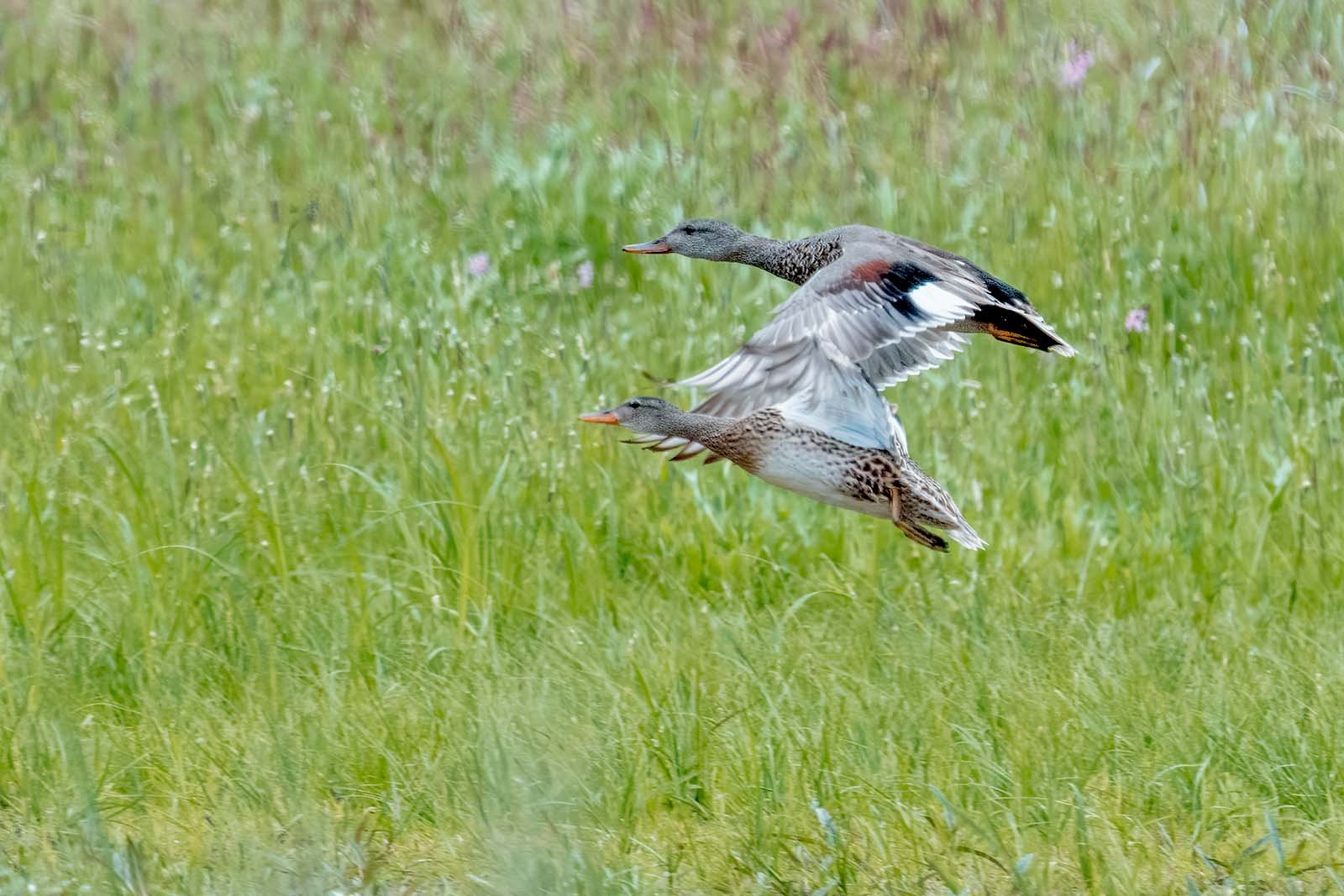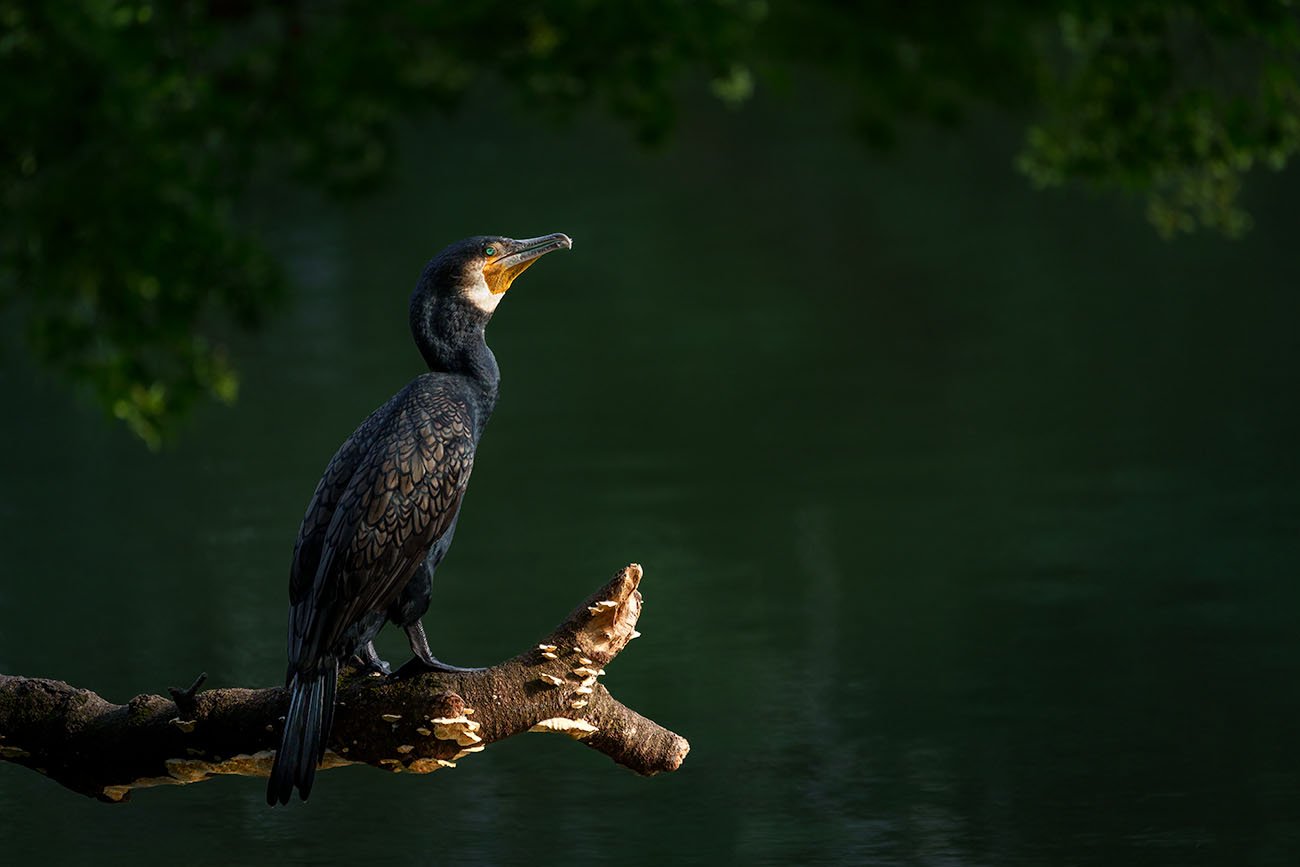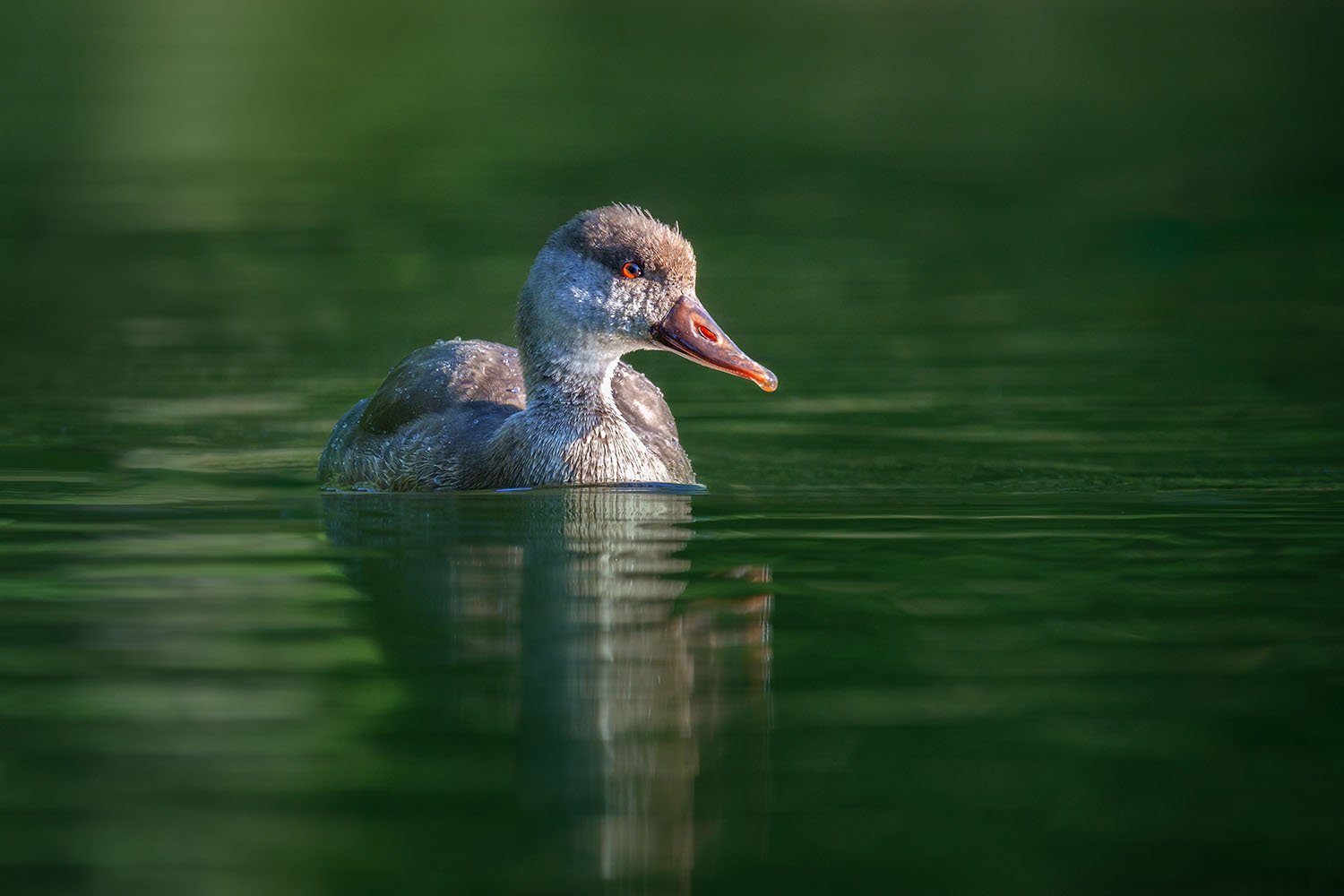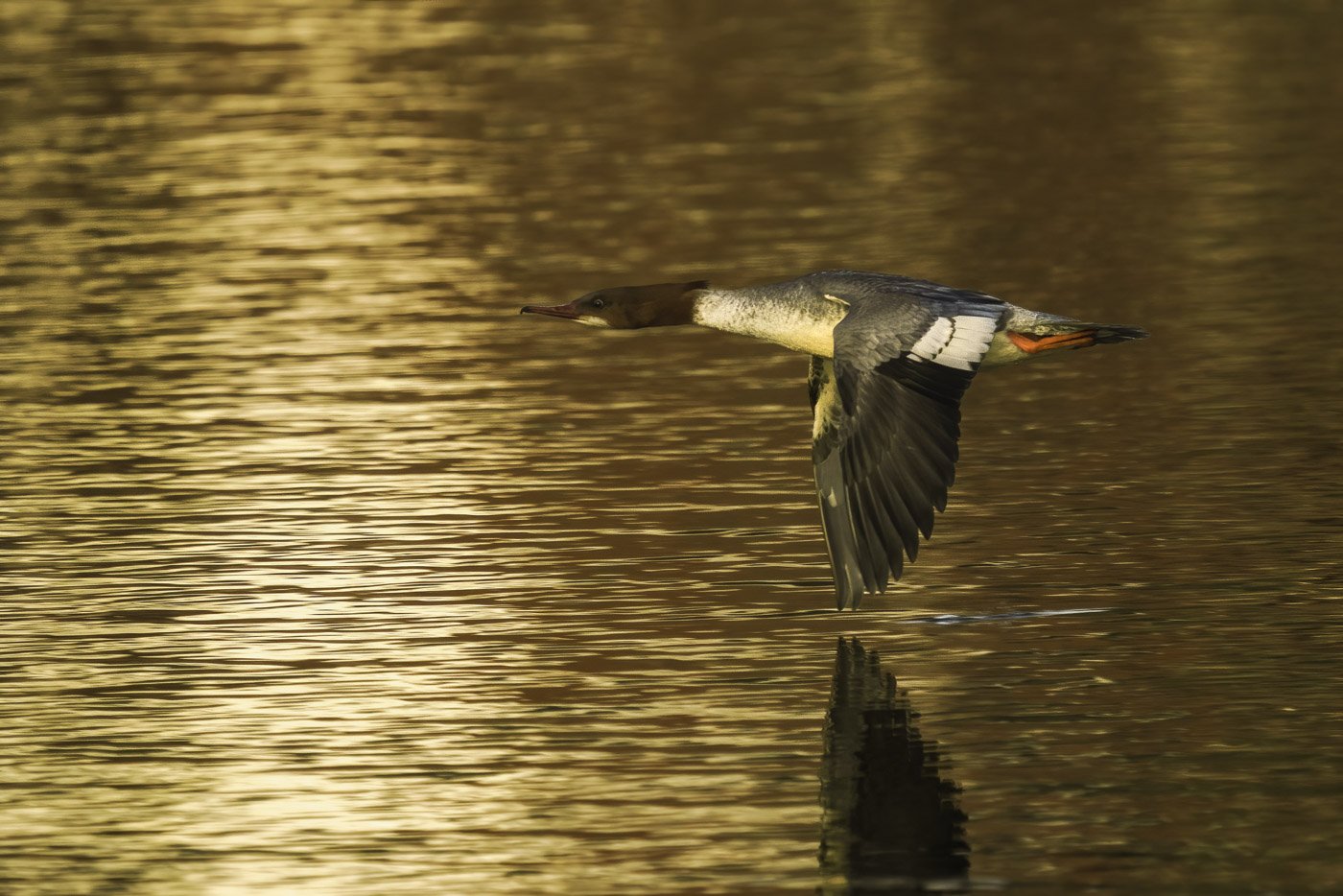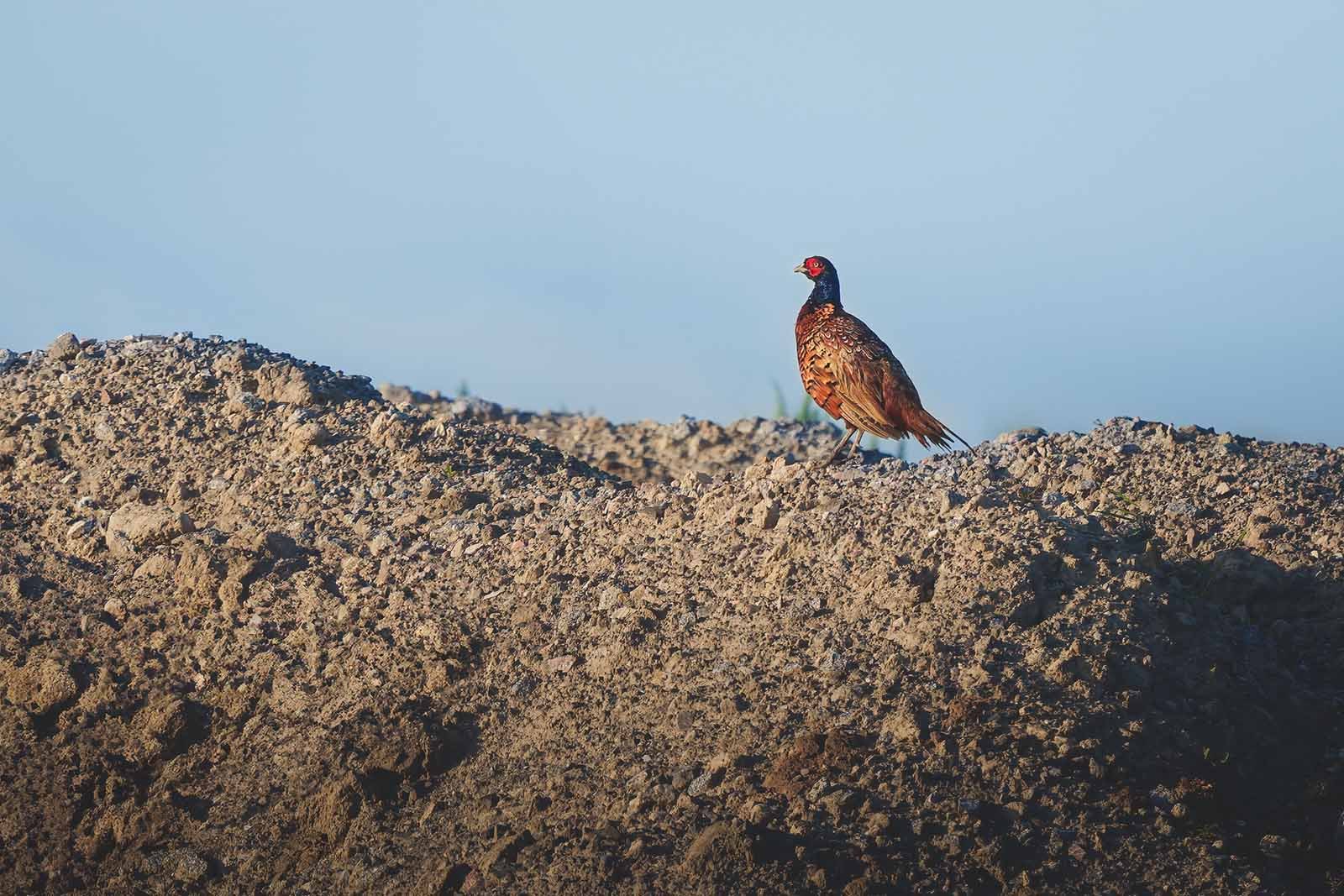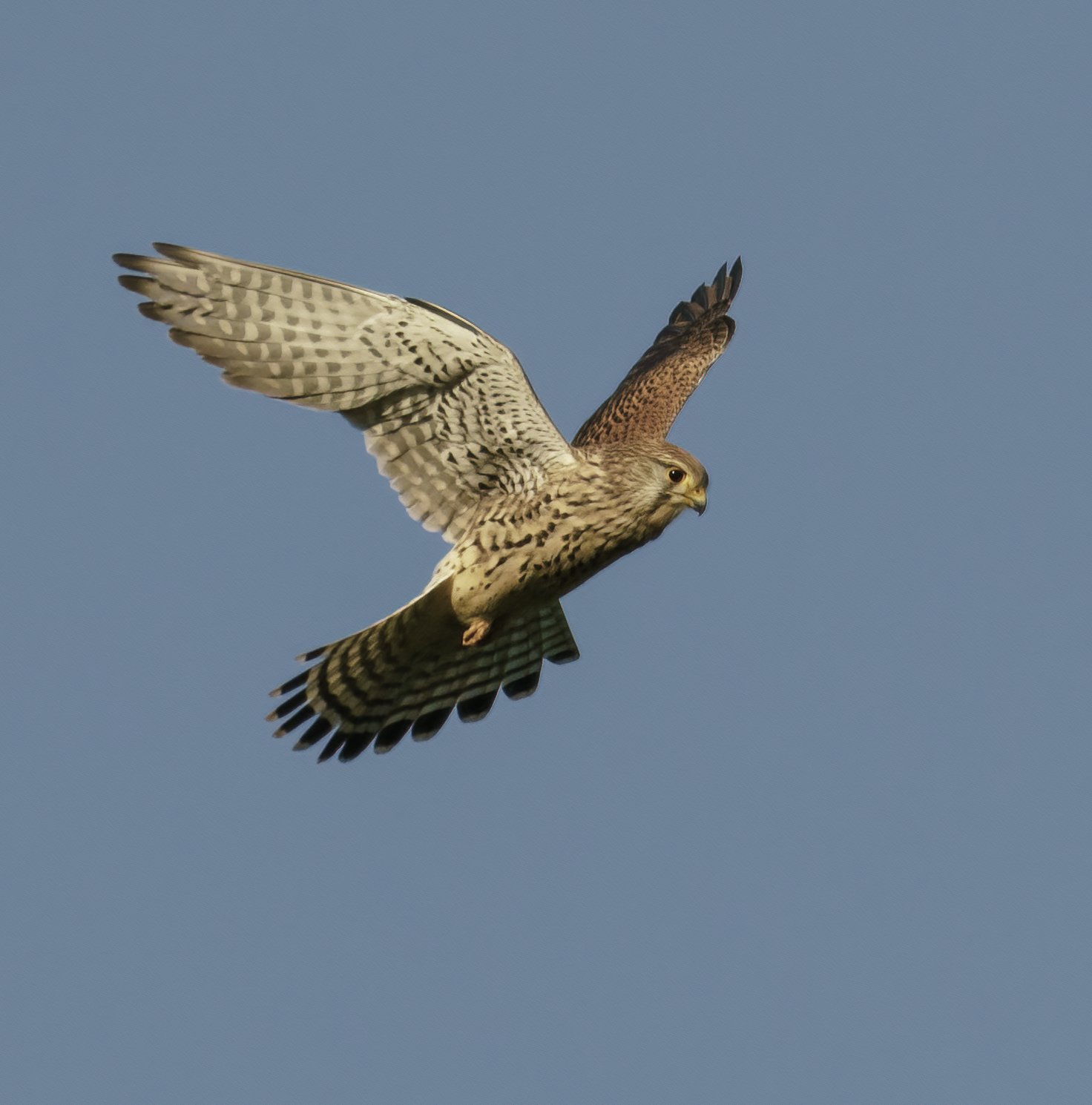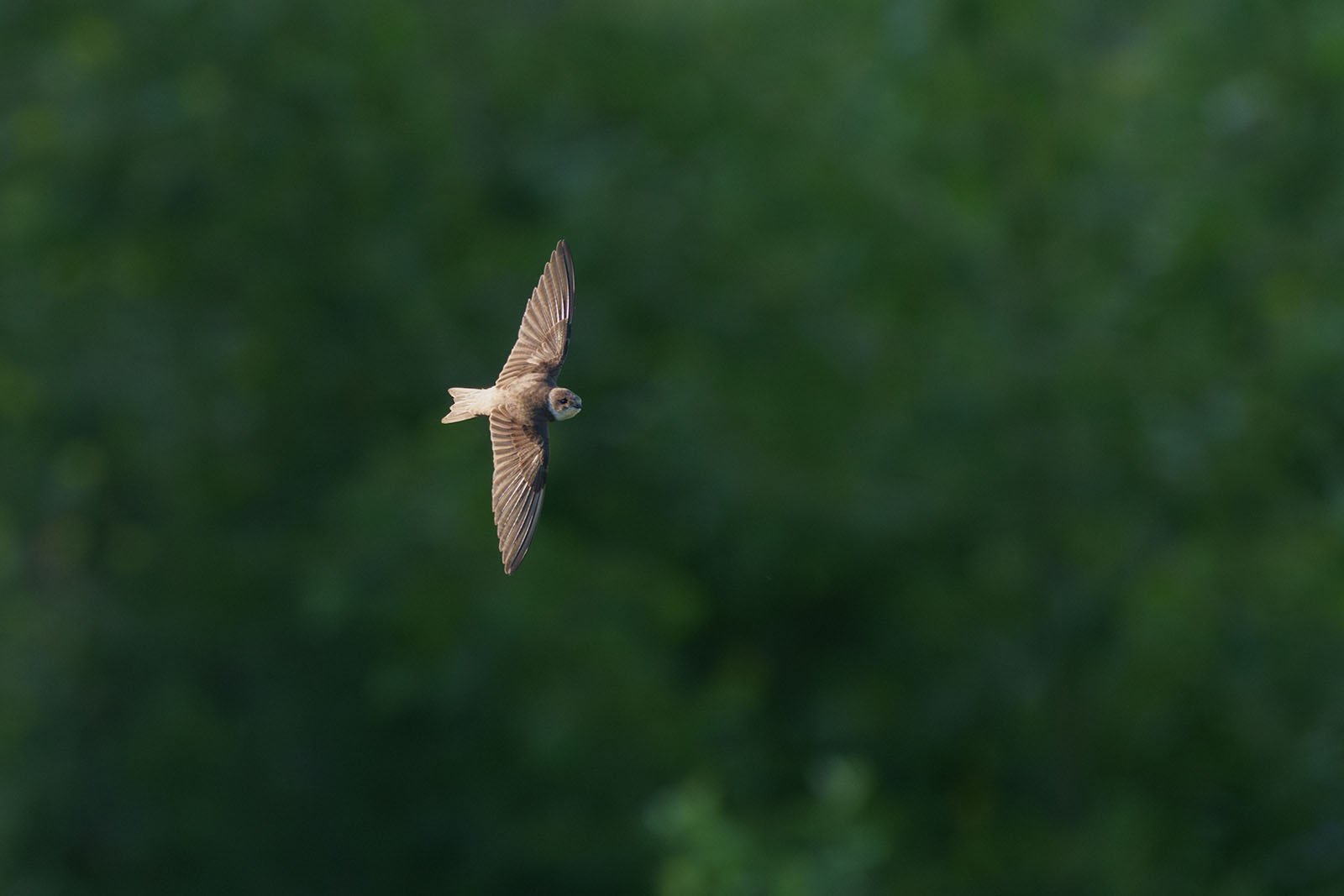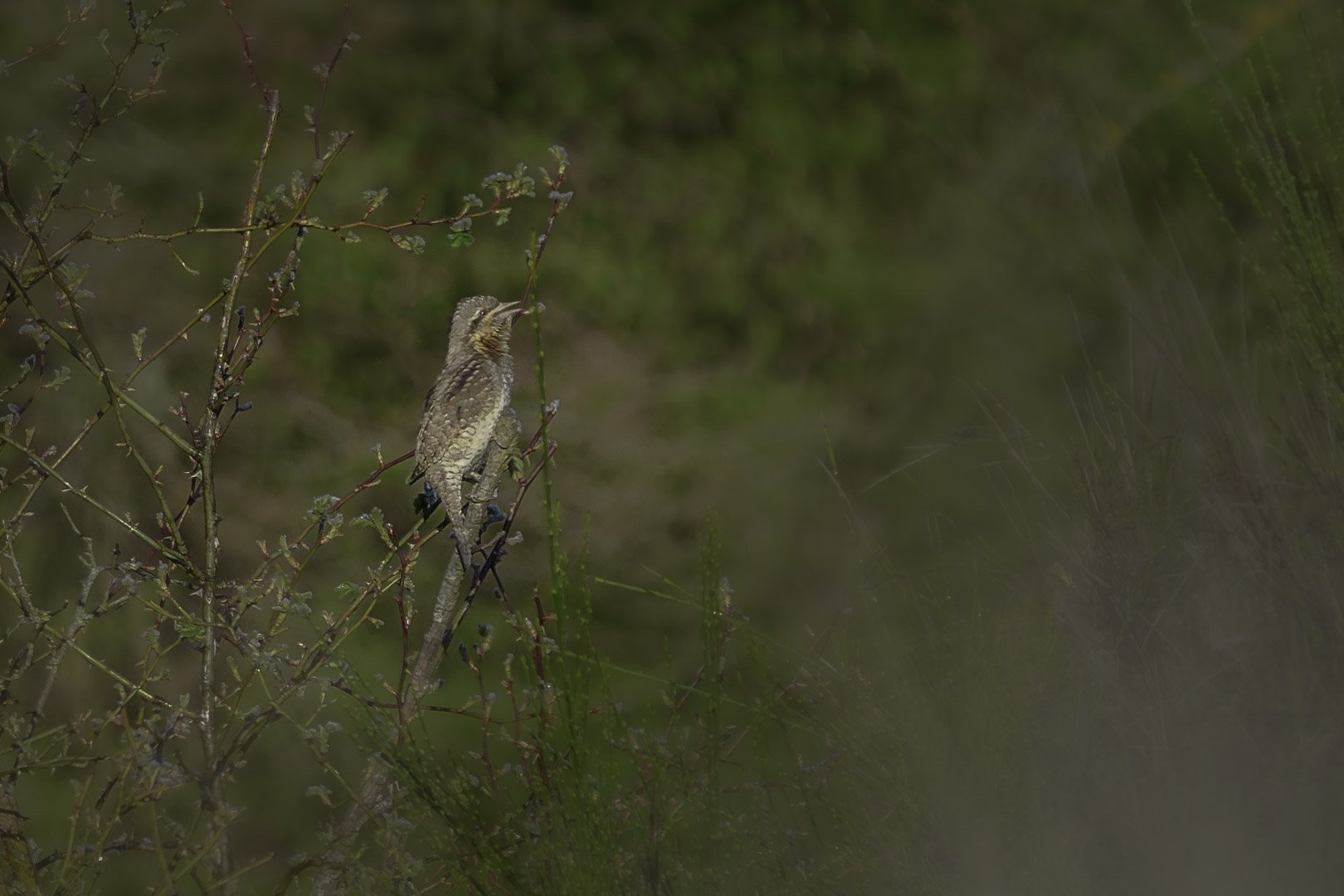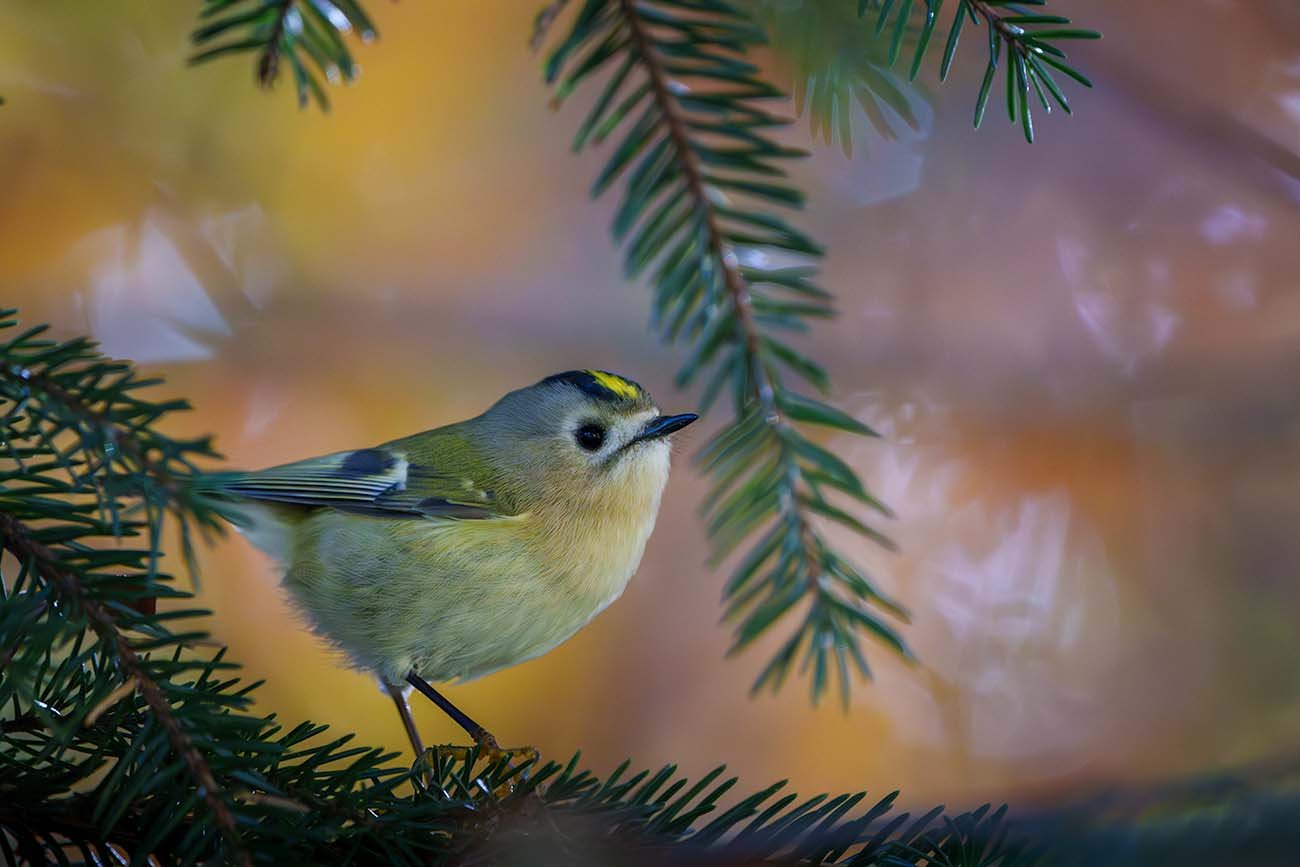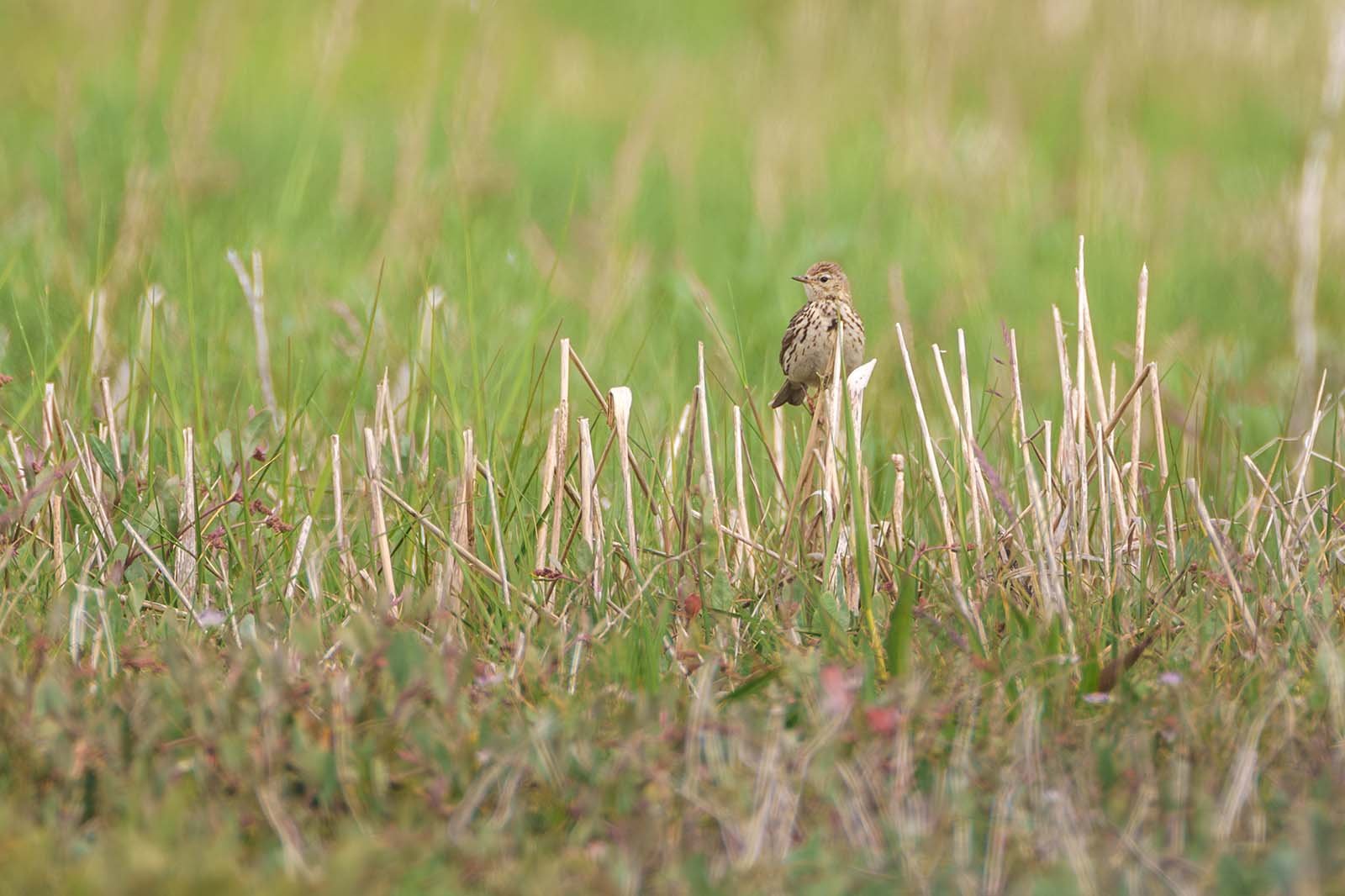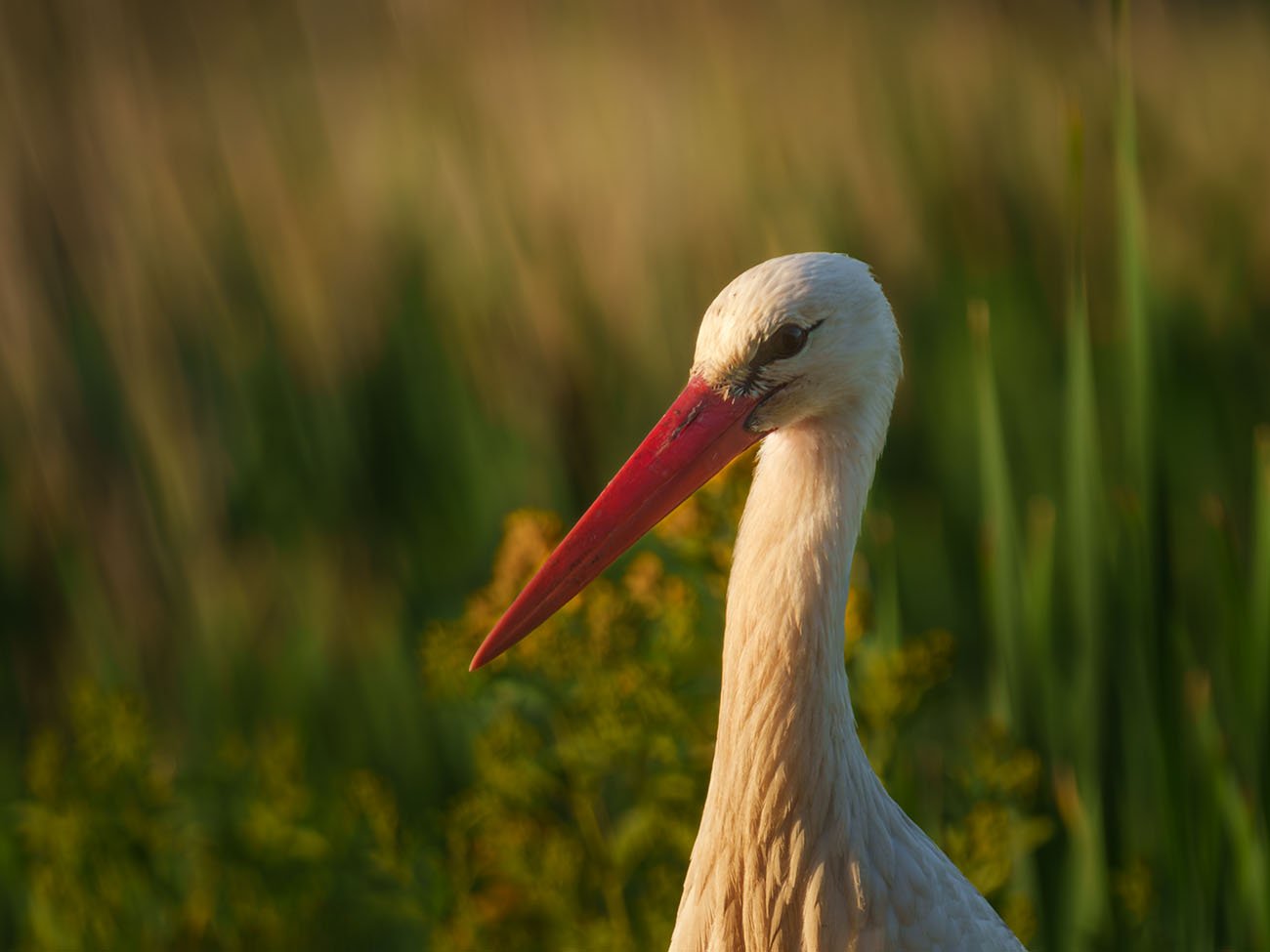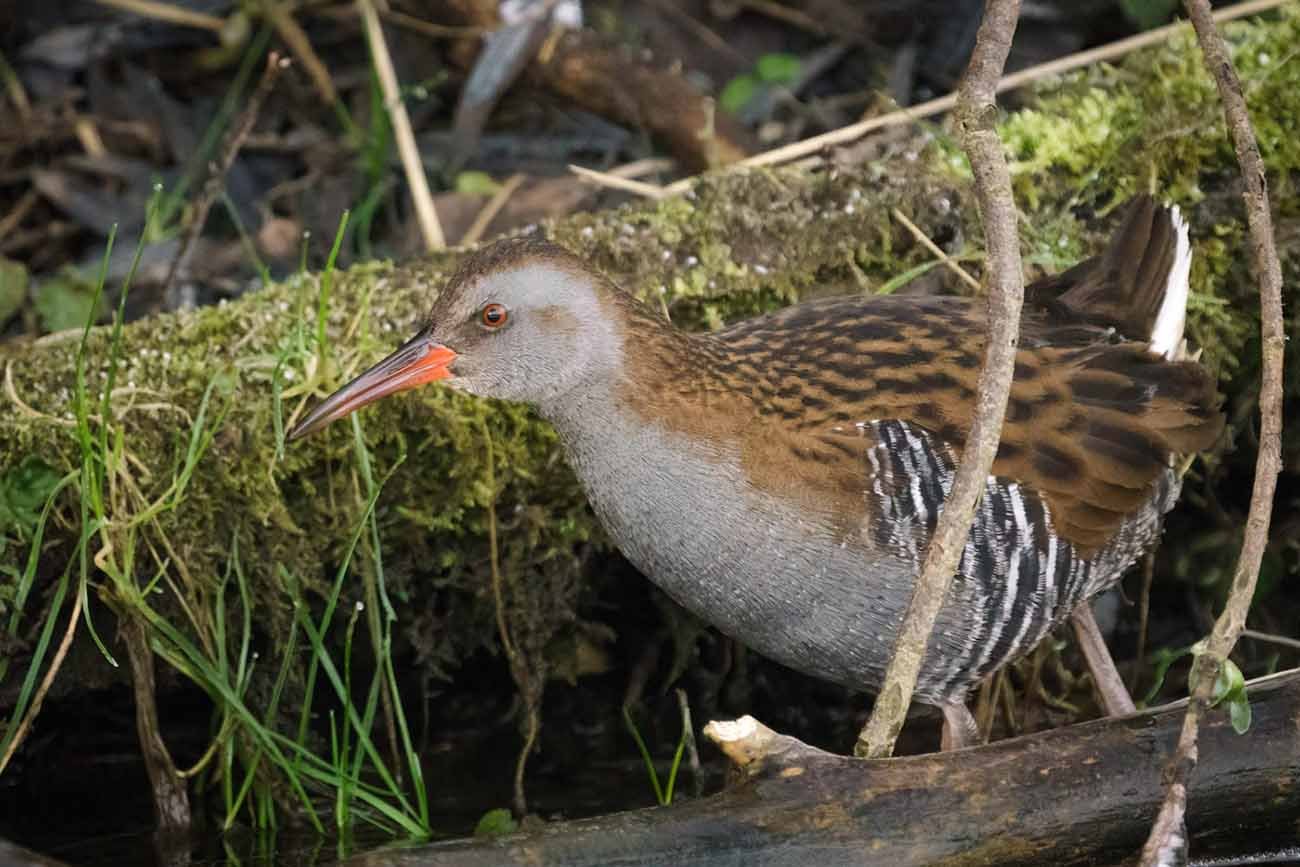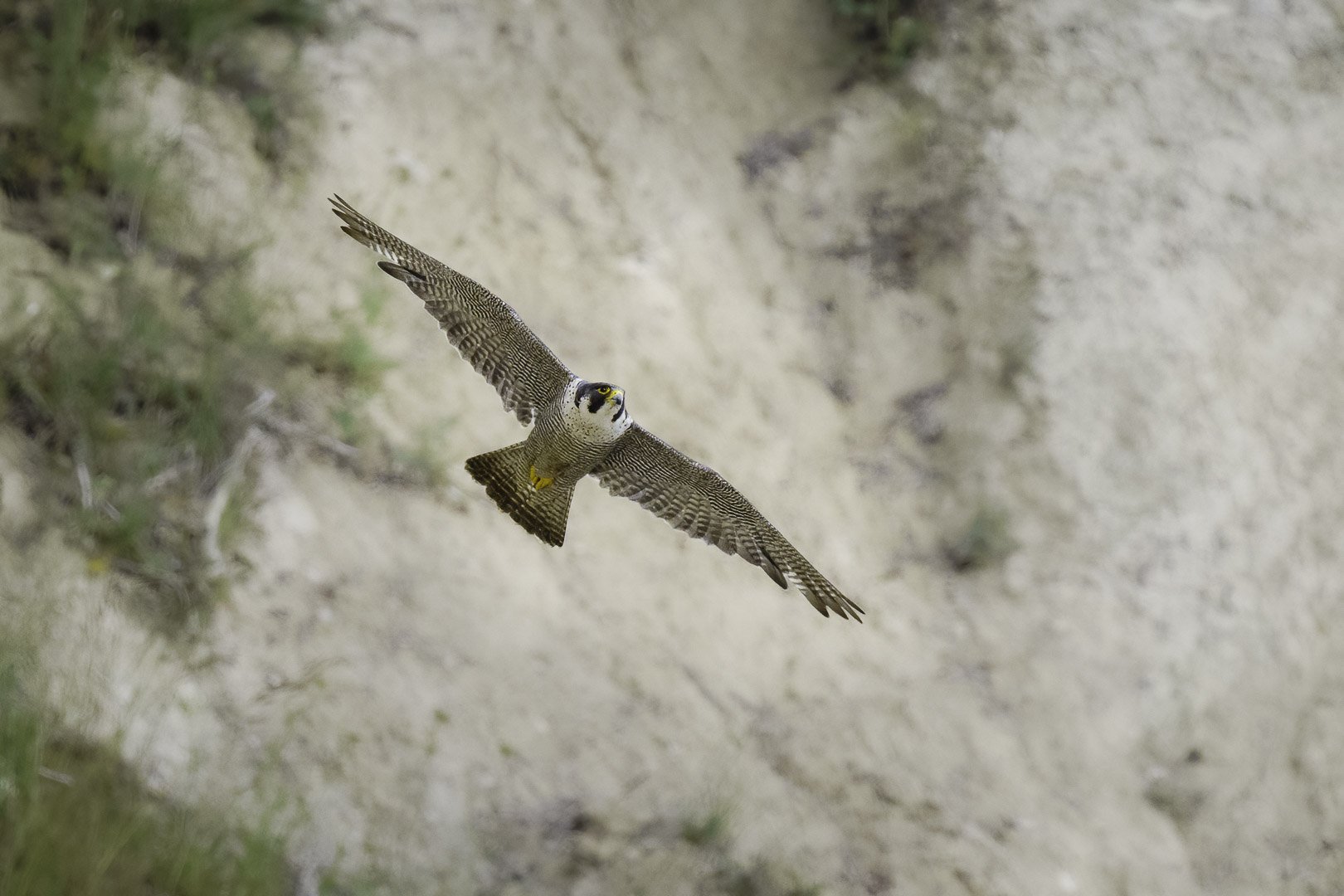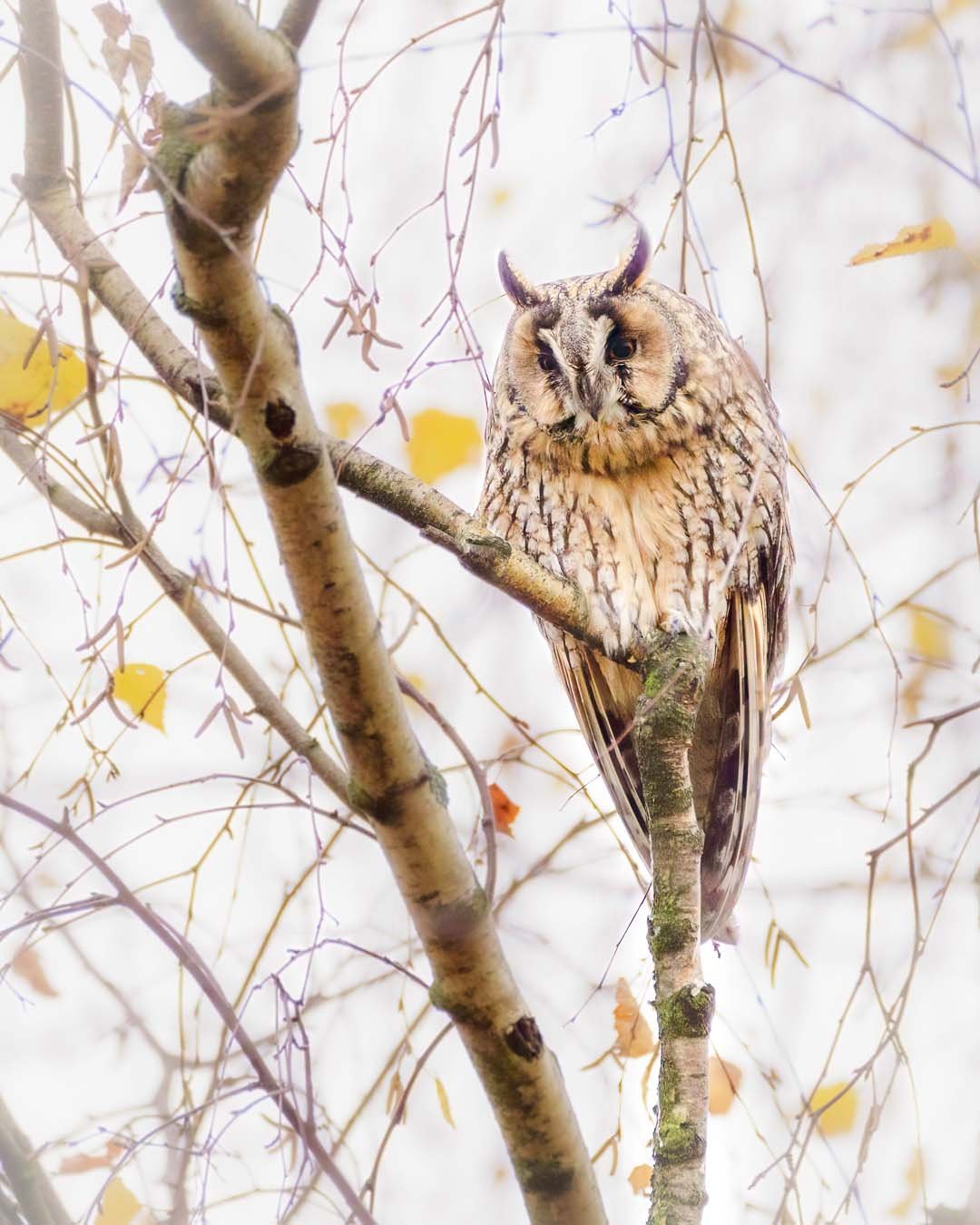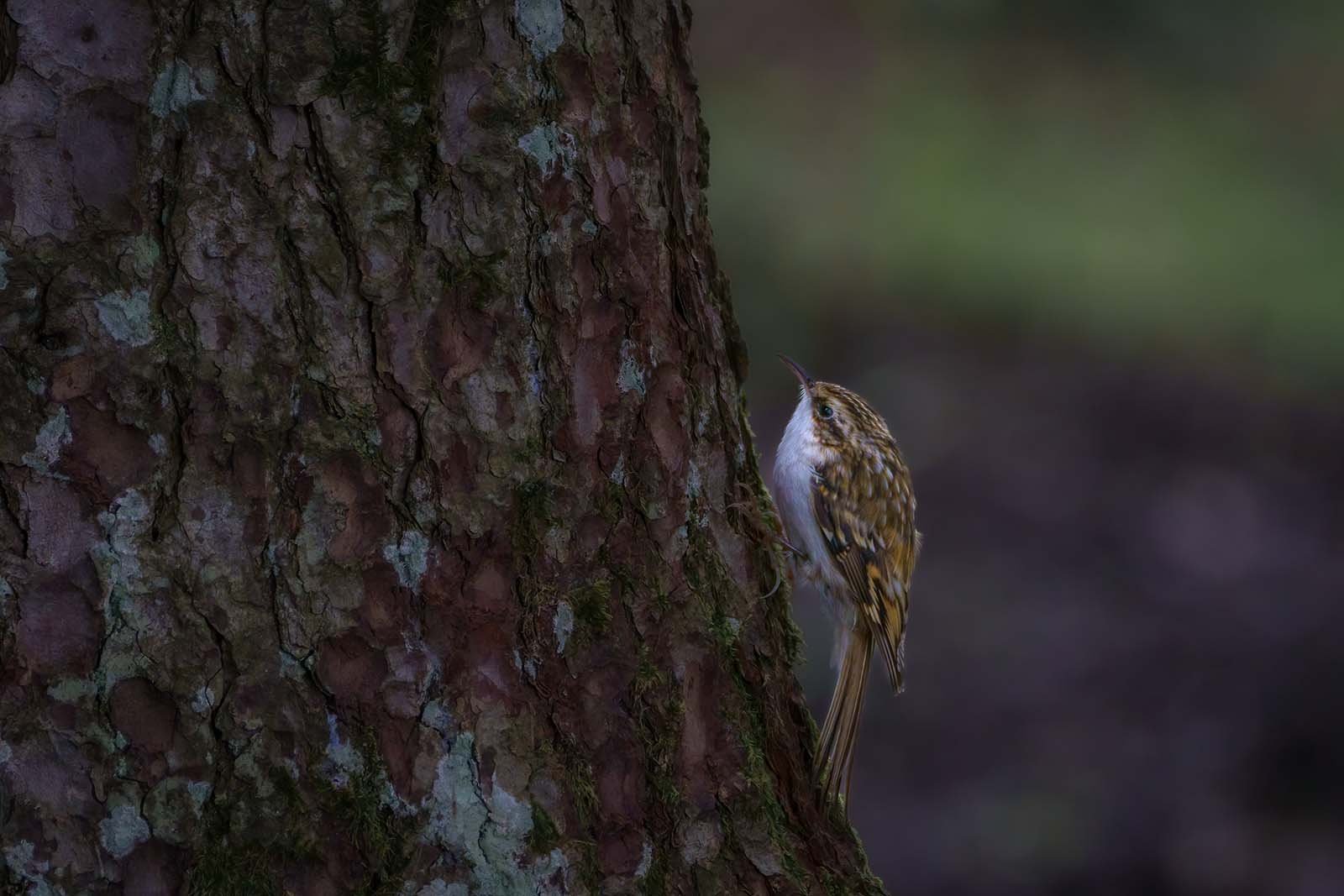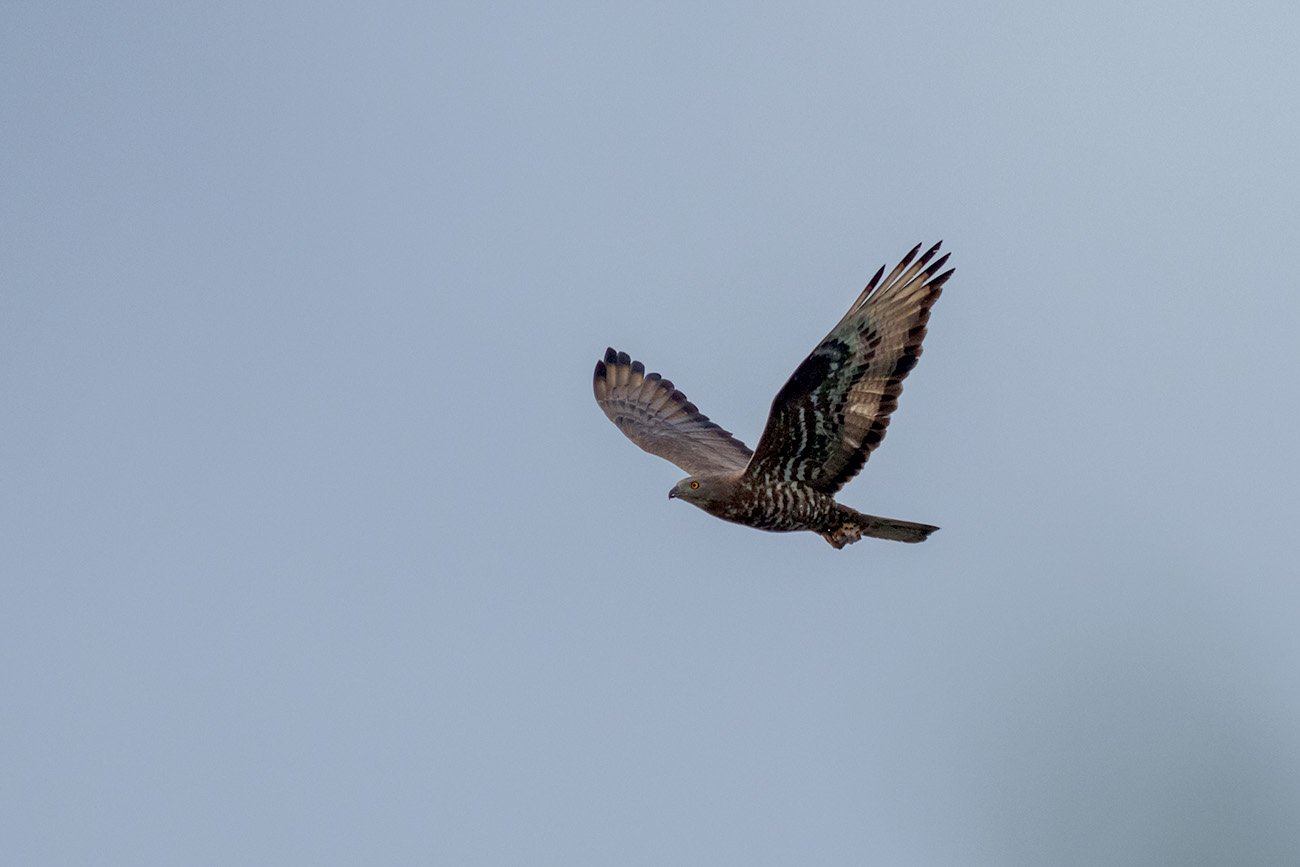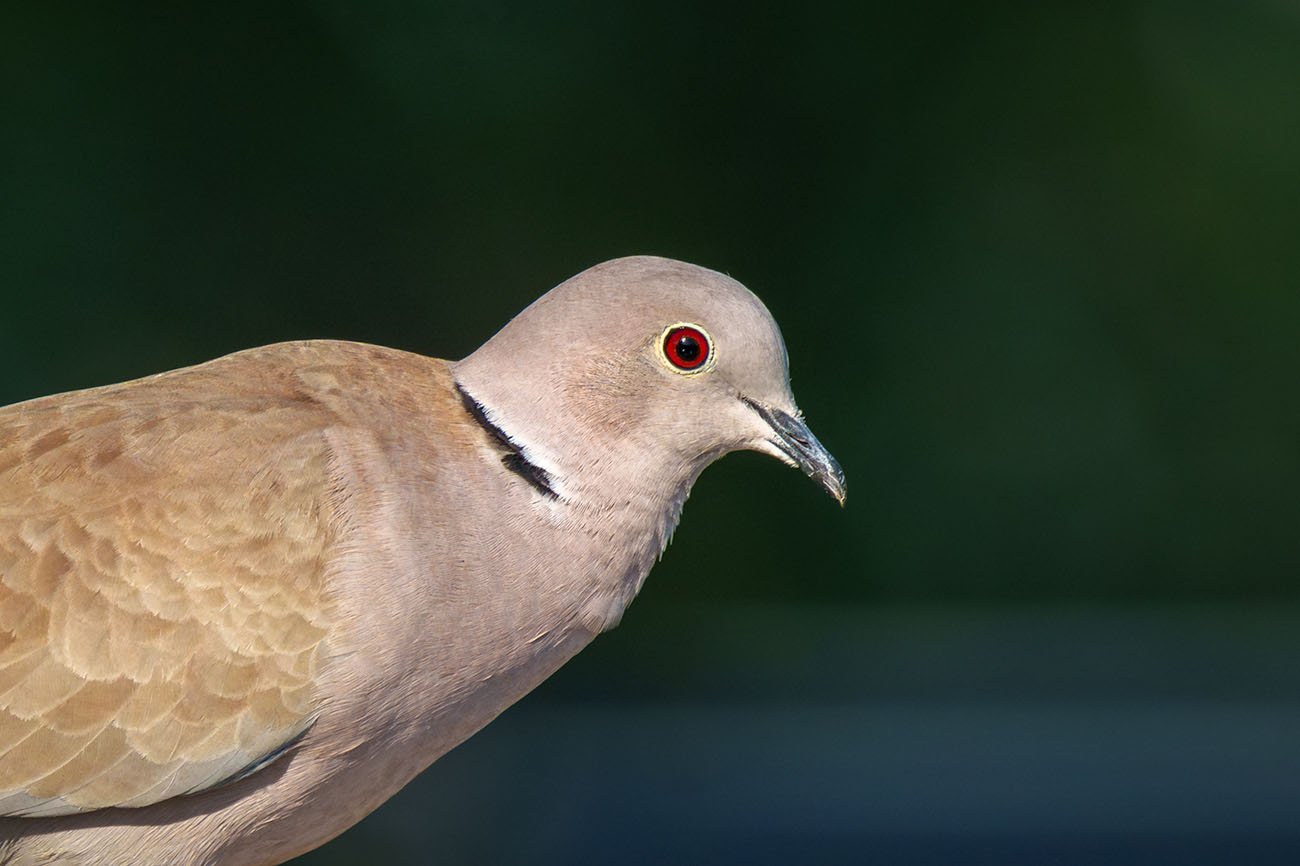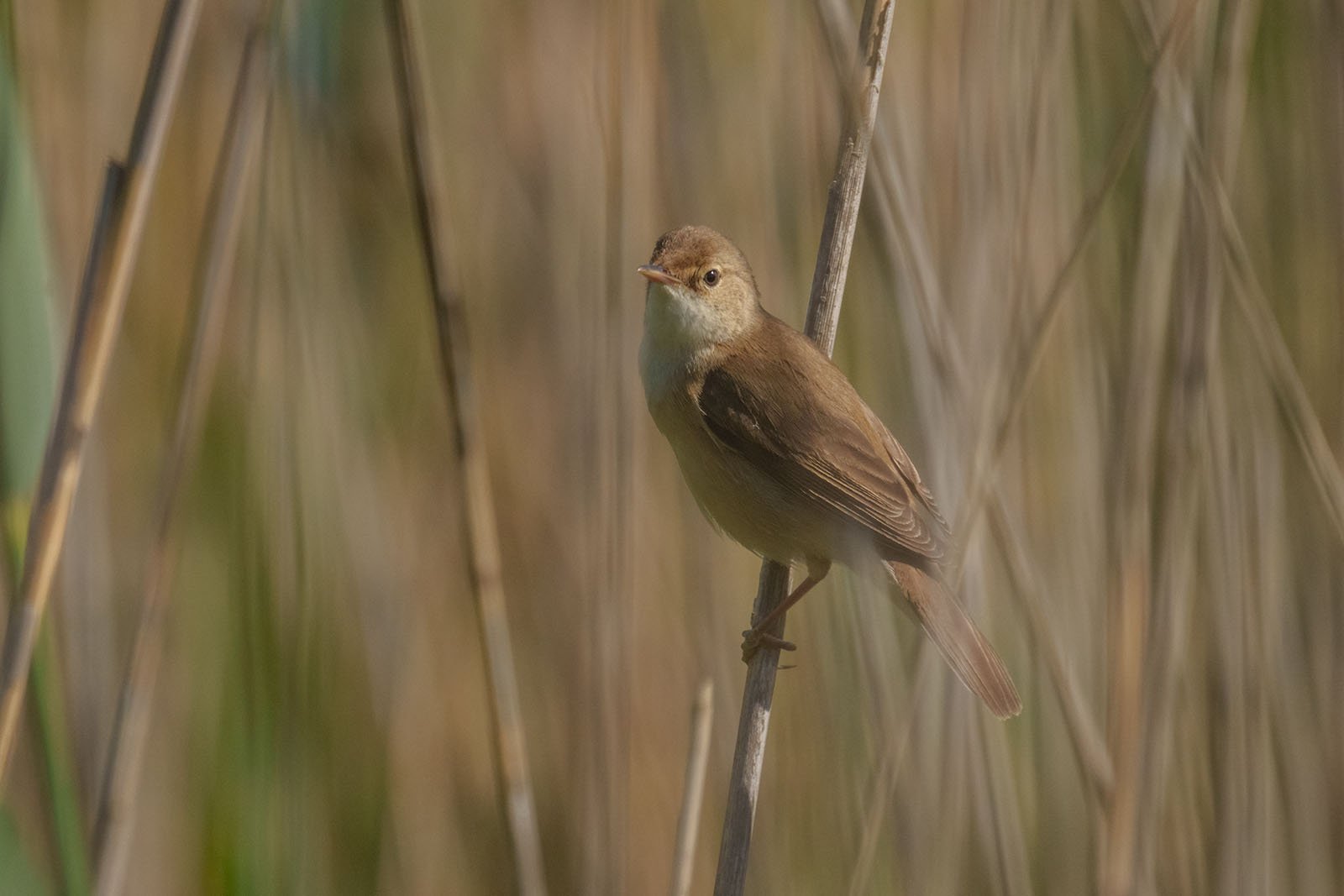Eurasian nuthatch(Sitta europaea)
Eurasian nuthatch or wood nuthatch (Sitta europaea) - This photo was taken in Hokkaido, Japan
Key data
Size: 14 cm
Weight: 17 - 28 g
Diet: insects, nuts, seeds
Season: All year round
Observation tip: mature deciduous, mixed woodland, old trees, preferably oak
Photography tips:
Lens: 400 mm or greater
Difficulty level: easy
The Eurasian nuthatch or wood nuthatch (Sitta europaea) is a small passerine bird that inhabits much of the Palearctic and Europe. This bird is characterized by its blue-gray upperparts, black eye-stripe, short tail, and long bill, like other nuthatches. It is an extremely vocal bird that emits a repeated, loud dwip call. The species is composed of over 20 subspecies divided into three primary groups: those in the west have orange-buff underparts and a white throat, those in Russia have whitish underparts, and those in the east are similar in appearance to European birds but lack a white throat.
The Eurasian nuthatch prefers to inhabit mature deciduous or mixed woodland areas with large, old trees, especially oak trees. Pairs of these birds establish permanent territories and nest in tree holes, usually old woodpecker nests but sometimes natural cavities. When the entrance to the hole is too large, the female reduces it by plastering it with mud and often coats the inside of the cavity as well. They lay 6-9 red-speckled white eggs on a base of pine or other wood chips.
The Eurasian nuthatch primarily feeds on insects, particularly caterpillars and beetles, although it also supplements its diet with nuts and seeds during the autumn and winter. The young are mainly fed insects, with some seeds, and these food items are primarily found on tree trunks and large branches. The nuthatch can forage while descending trees head first, as well as while climbing. It frequently visits bird tables and feeds on man-made fatty foods as well as seeds. The species is known to hoard food year-round and its main predator is the Eurasian sparrowhawk.
Although the fragmentation of woodland can result in local declines in breeding birds, the Eurasian nuthatch's range is still expanding. The species has a large population and breeding area, and is therefore classified by the International Union for Conservation of Nature (IUCN) as being of least concern.
The male adult of the S. e. europaea subspecies measures 14 cm (5.5 in) in length and has a wingspan of 22.5–27 cm (8.9–10.6 in). It weighs between 17-28 g (0.6-1 oz) and displays blue-grey upperparts, a black eye-stripe, and whitish throat and underparts. The orange-red flanks and lower belly are mottled with white on the undertail. Its stout bill is dark grey with a paler area on the base of the lower mandible, the iris is dark brown, and the legs and feet are pale brown or greyish. Most other members of the S. e. europaea group have only minor differences from the nominate form, usually in regards to the hue of the underparts, but S. e. arctica stands out with its large, pale body, white forehead, reduced eye-stripe, and more white in the tail and wings than any other subspecies. Nuthatches use short leaps to move on trees and do not rely on their tails for support. When flying, they have a recognizable appearance, with a pointed head, round wings, and a short, square tail. They fly quickly, with wings closed between beats, and their flight is usually brief.
The Eurasian nuthatch primarily feeds on insects, with a preference for caterpillars and beetles. During autumn and winter, they supplement their diet with nuts and seeds, particularly hazelnuts and beech mast. Their young are fed a similar diet to their parents, with some seeds included. Food is mainly found on tree trunks and large branches, but smaller branches and even the ground are also searched for food, especially outside the breeding season. Nuthatches are capable of foraging while descending trees headfirst, as well as climbing. Some prey is caught in flight, and they will remove bark or rotten wood to reach insects, but cannot chisel into healthy wood like woodpeckers. Occasionally, pairs may temporarily join a mixed-species foraging flock.
During autumn, plant food is stored, with individual seeds hidden in bark cracks, walls, or the ground. Food items are often concealed with lichen, moss, or small bark pieces. Cached food is retrieved in cold weather, sometimes up to three months after caching. Hoarding is a long-term strategy, with stored food only being consumed when fresh food is scarce. Nuthatches with good stored food supplies tend to be fitter than those with limited resources. In years with poor mast crops, such as beech mast or common hazelnuts, adult survival rates are largely unaffected, but the number of juvenile birds falls in the autumn due to starvation or emigration.


